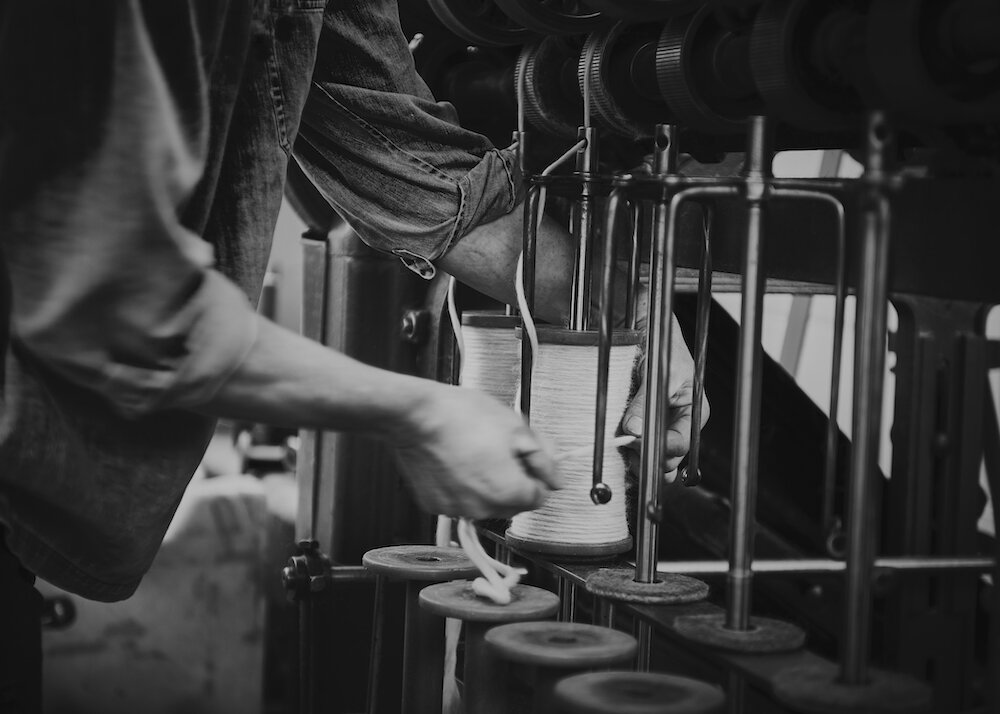
our knitwear
It was always a dream of mine as a knitwear designer to have my own yarn, knowing where the fleece are coming from, developed in order to create my collection. That dream became a reality by chance one summer while I was on holiday in Devon near Dartmoor when I met a local Alpaca farm owner Diane in a little haberdashery shop in town. She just happened to be in front of me in a queue at the casher hoping to sell a bag full of Alpaca fleece labelled with a photo of a brown coloured alpaca called “Titan”. I couldn’t help but enquiring about her fleece and at the end of our chat, I was on my way home with her fleece. I didn’t merely make a purchase of Alpaca fleece there as I also made my first step into my British Alpaca Project on that day.
Tomoko Yamanaka
from Alpaca to knitwear
It takes almost a whole year to finish one season sample collection, whose process begins by a phone call late in spring time from James, the owner of the farm in West Sussex informing me that shearing had been done. It is a cue for me to start discussing with Phil who runs the mill in Dorset about what sort of yarns we can make out of the fleece newly sheared off. Phil then start his part, processing and twisting the fleece into naturally beautiful yarns.
There are two kinds of alpaca: Suri and Huacaya. Suri has longer, smooth and silky fleece quality, while Huacya’s is much more lofty and woolly. Colours vary from white fawn brown to black in many different shades. I use natural (undyed) colours only and Phil mixes fleece and twists them to create different shades. He makes worsted yarns not only for knitting but also weaving as well.
In autumn, some of the finished yarns would be delivered to my studio in Hampstead. Knitting is done by a circle of knitters working at home, under the supervision of Babs in Kent to whom I send out yarns together with my design patterns.
There are some parts of knitting to be done in the studio, too, especially when it comes to fair isle patterns and intarsia, that will be taken care of by Megan for instance, who has knitted so many such patterns for numbers of seasons at our studio where the final process of making collection samples - linking of all parts and washing - is also done. Our autumn/winter exhibition to show the latest British Alpaca collection usually takes place in early Spring of the following year, by that time we have orders based on the collection samples and are ready for its production as well as for starting a process again for the next season’s Alpaca yarns.
